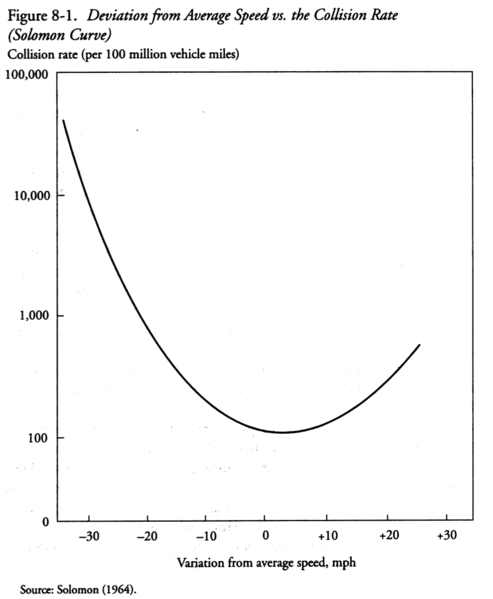What of the “low carbon economy”? Can there be such a thing? Can growth come at the same time as CO2 is cut?
I’ve just compiled some data to find out. It turns out, if history is a predictor of any sort, that growth at the same time as cutting CO2 is impossible.

The graph (click it for clearer version) shows year-on-year changes in per-capita CO2 emissions against the deviation in global growth from what the IMF term the global recession level, i.e. 3%. Which way you should plot this could be argued. Perhaps it should be the other way around, with CO2 emissions driving GDP growth. In either case, the line is the same, as is the conclusion: When the global economy grows, per-capita emissions grow. “Sustainable Growth” is a politician’s myth. We can have Sustainability or Growth. Not both.
One caveat: there is a possibility that some of the two data sets actually have the same source. For example, some carbon dioxide emissions might be estimated by economic activity. This shouldn’t be a problem, because the raw number for CO2 (its atmospheric concentration) is well known, and population size ought to be independent of GDP. Ought to be. I just don’t know exactly how the data was produced.
Data sources:
Carbon Dioxide Information Analysis Centre
IMF economic database


